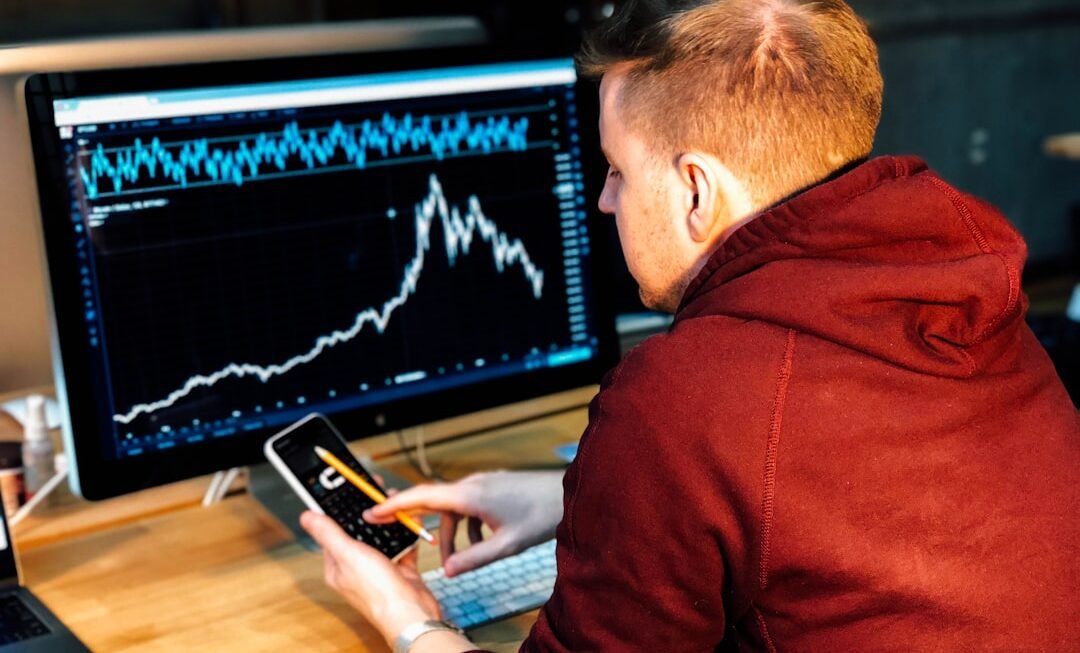Arbitrage is a fundamental concept in financial markets, representing the practice of taking advantage of price discrepancies across different markets or instruments. It involves simultaneously buying and selling an asset in different markets to profit from the difference in price. This can occur in various forms, such as spatial arbitrage, where the same asset is traded on different exchanges, or temporal arbitrage, where the price of an asset changes over time.
The essence of arbitrage lies in its risk-free nature; theoretically, it allows traders to lock in profits without exposure to market risk, provided that the trades are executed instantaneously. The existence of arbitrage opportunities is often a sign of market inefficiency. In efficient markets, prices should reflect all available information, making it difficult for traders to find discrepancies.
However, due to factors such as transaction costs, information asymmetry, and market frictions, arbitrage opportunities can persist. For instance, if a stock is trading at $100 on one exchange and $102 on another, an arbitrageur could buy the stock on the first exchange and sell it on the second, pocketing the $2 difference. This process not only benefits the arbitrageur but also contributes to market efficiency by driving prices toward equilibrium.
Key Takeaways
- Arbitrage is the practice of exploiting price differences in financial markets to make a profit.
- Artificial intelligence plays a crucial role in identifying market inefficiencies and potential arbitrage opportunities.
- AI bots analyze vast amounts of data to pinpoint arbitrage opportunities in real time.
- AI bots execute trades swiftly and efficiently to capitalize on market inefficiencies.
- AI-powered arbitrage can impact market liquidity and efficiency, but it also comes with risks and challenges.
The Role of Artificial Intelligence in Identifying Market Inefficiencies
Artificial intelligence (AI) has emerged as a powerful tool in the financial sector, particularly in identifying market inefficiencies that can lead to arbitrage opportunities. Traditional methods of analyzing market data often rely on human intuition and experience, which can be limited by cognitive biases and the sheer volume of information available. AI, on the other hand, can process vast amounts of data at incredible speeds, enabling it to detect patterns and anomalies that may go unnoticed by human traders.
Machine learning algorithms, a subset of AI, are particularly adept at recognizing complex relationships within data sets. By training on historical price movements and trading volumes, these algorithms can learn to identify conditions that typically precede arbitrage opportunities. For example, an AI model might analyze the price movements of a cryptocurrency across multiple exchanges and recognize that certain patterns often lead to price discrepancies.
This capability allows traders to act quickly when opportunities arise, significantly increasing their chances of profiting from arbitrage.
How AI Bots Analyze Data to Identify Arbitrage Opportunities
AI bots utilize sophisticated algorithms to analyze real-time data from various sources, including stock exchanges, news feeds, and social media platforms. These bots are designed to monitor price movements continuously and assess market conditions that could indicate potential arbitrage opportunities. By employing techniques such as natural language processing (NLP), AI bots can also gauge market sentiment based on news articles or social media discussions, further enhancing their ability to predict price movements.
For instance, consider an AI bot programmed to monitor the prices of a specific stock across multiple exchanges. The bot would continuously collect data on the stock’s price, trading volume, and order book depth. It would also analyze external factors such as economic indicators or geopolitical events that could influence market sentiment.
By integrating this diverse range of data, the bot can identify when the stock is undervalued on one exchange compared to another, signaling a potential arbitrage opportunity. The speed and accuracy with which these bots operate allow them to capitalize on fleeting opportunities that human traders might miss.
The Execution of Trades by AI Bots to Capitalize on Market Inefficiencies
Once an AI bot identifies an arbitrage opportunity, it must execute trades swiftly to capitalize on the price discrepancy before it disappears. The execution process involves placing simultaneous buy and sell orders across different exchanges or markets. Given the highly competitive nature of financial markets, speed is crucial; even a few seconds can make the difference between profit and loss.
AI bots are equipped with advanced trading algorithms that optimize order execution based on various factors such as market liquidity and transaction costs. For example, if an AI bot detects that a stock is trading at $100 on Exchange A and $102 on Exchange B, it will place a buy order on Exchange A while simultaneously placing a sell order on Exchange The bot’s algorithms will also consider factors like slippage—the difference between expected and actual execution prices—to ensure that trades are executed at optimal prices. This level of precision and speed is unattainable for human traders, allowing AI bots to exploit arbitrage opportunities more effectively.
The Impact of AI-Powered Arbitrage on Market Liquidity and Efficiency
The rise of AI-powered arbitrage has significant implications for market liquidity and efficiency. By continuously identifying and exploiting price discrepancies, AI bots contribute to narrowing bid-ask spreads and enhancing overall market liquidity. When arbitrageurs buy undervalued assets and sell overvalued ones, they help align prices across different markets, promoting a more efficient allocation of resources.
Moreover, the presence of AI-driven trading strategies can lead to increased competition among market participants. As more traders deploy similar algorithms to identify arbitrage opportunities, price discrepancies tend to diminish more rapidly. This phenomenon not only benefits individual traders but also enhances market efficiency by ensuring that prices reflect all available information more accurately.
Consequently, markets become more resilient to shocks and less prone to bubbles or crashes driven by irrational pricing.
Risks and Challenges Associated with AI-Powered Arbitrage
Despite its advantages, AI-powered arbitrage is not without risks and challenges. One significant concern is the potential for market manipulation. As AI bots become more prevalent in trading activities, there is a risk that they could be programmed to exploit vulnerabilities in market structures or engage in practices such as quote stuffing—flooding the market with orders to create confusion and manipulate prices.
Such activities can undermine market integrity and lead to regulatory scrutiny. Another challenge lies in the reliance on historical data for training machine learning models. While past performance can provide valuable insights into potential future trends, it is not always indicative of future results.
Market conditions can change rapidly due to unforeseen events such as economic crises or regulatory changes, rendering previously effective strategies obsolete. Additionally, technical failures or glitches in AI systems can lead to erroneous trades or significant financial losses if not monitored closely.
Regulation and Oversight of AI-Powered Arbitrage Activities
As AI-powered trading strategies gain traction in financial markets, regulatory bodies are increasingly focused on establishing frameworks to oversee these activities. The rapid evolution of technology poses challenges for regulators who must balance fostering innovation with ensuring market integrity and protecting investors. Regulatory agencies are tasked with developing guidelines that address issues such as algorithmic trading practices, transparency requirements, and risk management protocols.
In many jurisdictions, regulators have begun implementing measures aimed at enhancing oversight of algorithmic trading activities. For instance, some countries require firms engaged in high-frequency trading to register with regulatory authorities and adhere to specific reporting requirements. Additionally, regulators are exploring ways to enhance transparency around algorithmic trading strategies to prevent potential abuses while still allowing firms the flexibility to innovate.
The Future of AI-Powered Arbitrage: Opportunities and Potential Developments
Looking ahead, the future of AI-powered arbitrage holds immense potential for further innovation and development within financial markets. As technology continues to advance, we can expect even more sophisticated algorithms capable of analyzing complex data sets in real time. This evolution may lead to the emergence of new arbitrage strategies that leverage alternative data sources—such as satellite imagery or social media sentiment—to identify opportunities beyond traditional financial metrics.
Moreover, as machine learning techniques become more refined, AI systems may develop greater adaptability to changing market conditions. This adaptability could enable traders to respond more effectively to sudden shifts in sentiment or unexpected events that impact asset prices. Additionally, advancements in blockchain technology may create new avenues for arbitrage by facilitating faster and more transparent transactions across decentralized platforms.
In conclusion, while challenges remain regarding regulation and ethical considerations surrounding AI-powered arbitrage activities, the potential benefits for market efficiency and liquidity are significant. As financial markets continue to evolve alongside technological advancements, the role of AI in identifying and capitalizing on arbitrage opportunities will likely become increasingly prominent.












